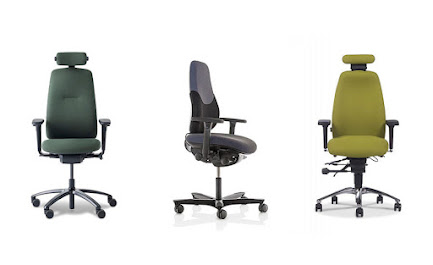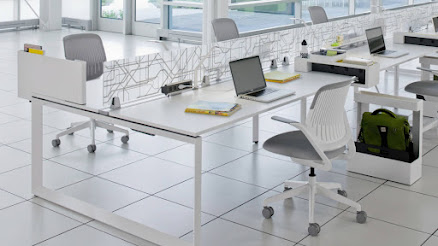Tips for Choosing the Best Task Chair for Lower Back Pain
The work chair is the most important work tool. But finding the best solution can be a difficult task when faced with a variety of options and designs.
To understand the importance of this tool, we have to understand that lumbar injuries, as well as chronic back pain, are usually the most common injuries in workers who spend most of their time sitting when they are not sleeping. For this reason, the chair we choose must take care of our occupational health and that of our collaborators.
At FastCubes, we understand that this choice is not an easy decision. For this reason, in addition to offering you a wide variety of quality designs that meet the different needs and possibilities of our market, we also help you find the best task chair for lower back pain. We review what you should evaluate when it comes to finding the best solution that is beneficial for health, that is adapted to your body and to work demands.
- Adjustable: Ergonomic characteristics must be evaluated according to the proportions of each body, and according to the hours that each worker will remain seated during the working day. We advise you to test the chair you are planning to buy well, making sure that it is comfortable in all its levels of adjustability.
- Adaptable: Brands matter, in terms of performance, quality of materials, guarantees, and ergonomic benefits, but sometimes a chair that better suits your proportions (height and weight) and needs, could provide you with better benefits.
- Adjustable backrest: The chair should take care of the back and provide lumbar support. Taking care of the posture of the back and the correct blood circulation is essential, that is why it must provide support for various levels of support and support and allow, in turn, to keep it in a fixed position.
- Adjustable seat: A good chair should be adjustable in a seat to fix it according to the height of the user and the position with respect to the work table. The knees should be at a 90 ° to 110 ° angle to the thighs, with no pressure on the legs.
- Armrests: The armrests give us a comfortable and more relaxed posture with the arms forming an angle of 90 °. If they also allow you to vary the height and position, much better.
- Stability and adaptability: The chair should provide some stability with respect to the ground, without it moving and forcing you to lose your posture. In turn, if your tasks require changes of work table and tasks, the chair should be able to adapt to accompany the change in your tasks and spaces.
- Design: Do not neglect the quality of the materials, upholstery, and other benefits such as anti-perspirant tights. Remember that a great way to motivate and inspire ourselves is through design, which is our pleasure, and aligned with the environment that surrounds us.
- When sitting, your line of sight should be perpendicular to the monitor/work screen.
- Relax your shoulders and keep your arms at 90 ° to the ground.
- Keep your back well supported on the back of the chair. You can help yourself by placing a cushion.
- Keep your feet flat on the ground so that they are at a 90 ° angle to the ground.




Comments
Post a Comment